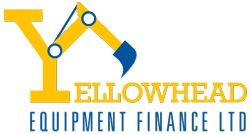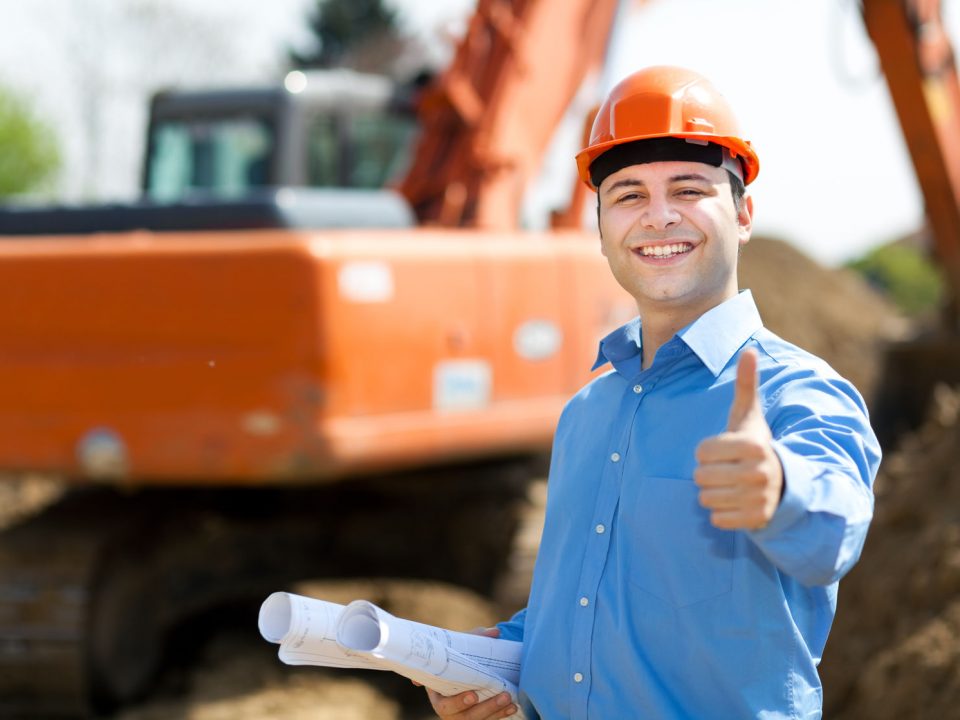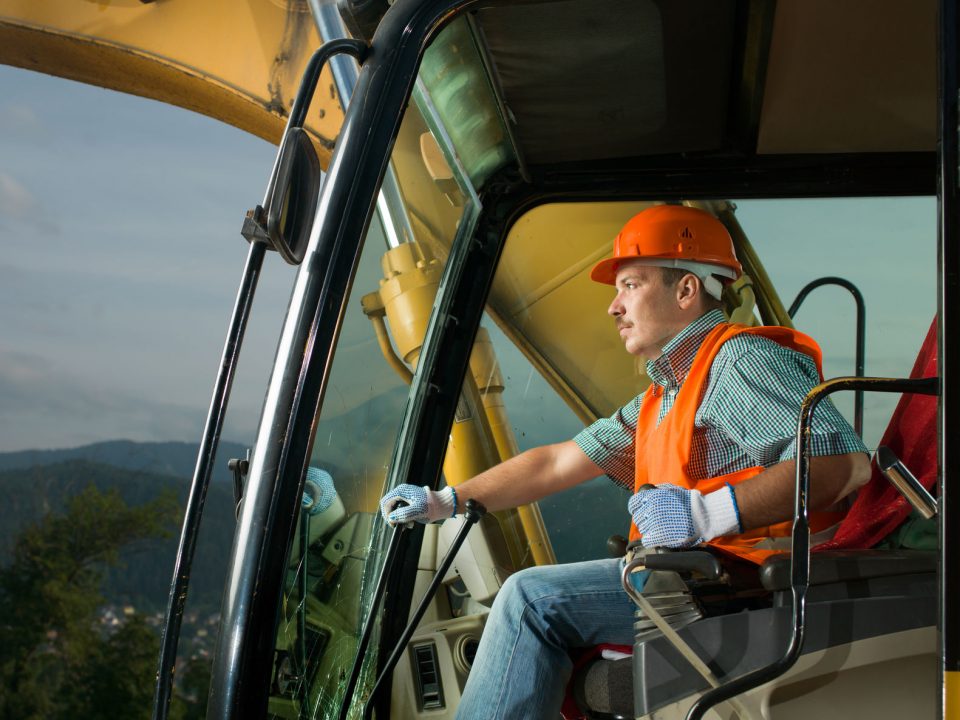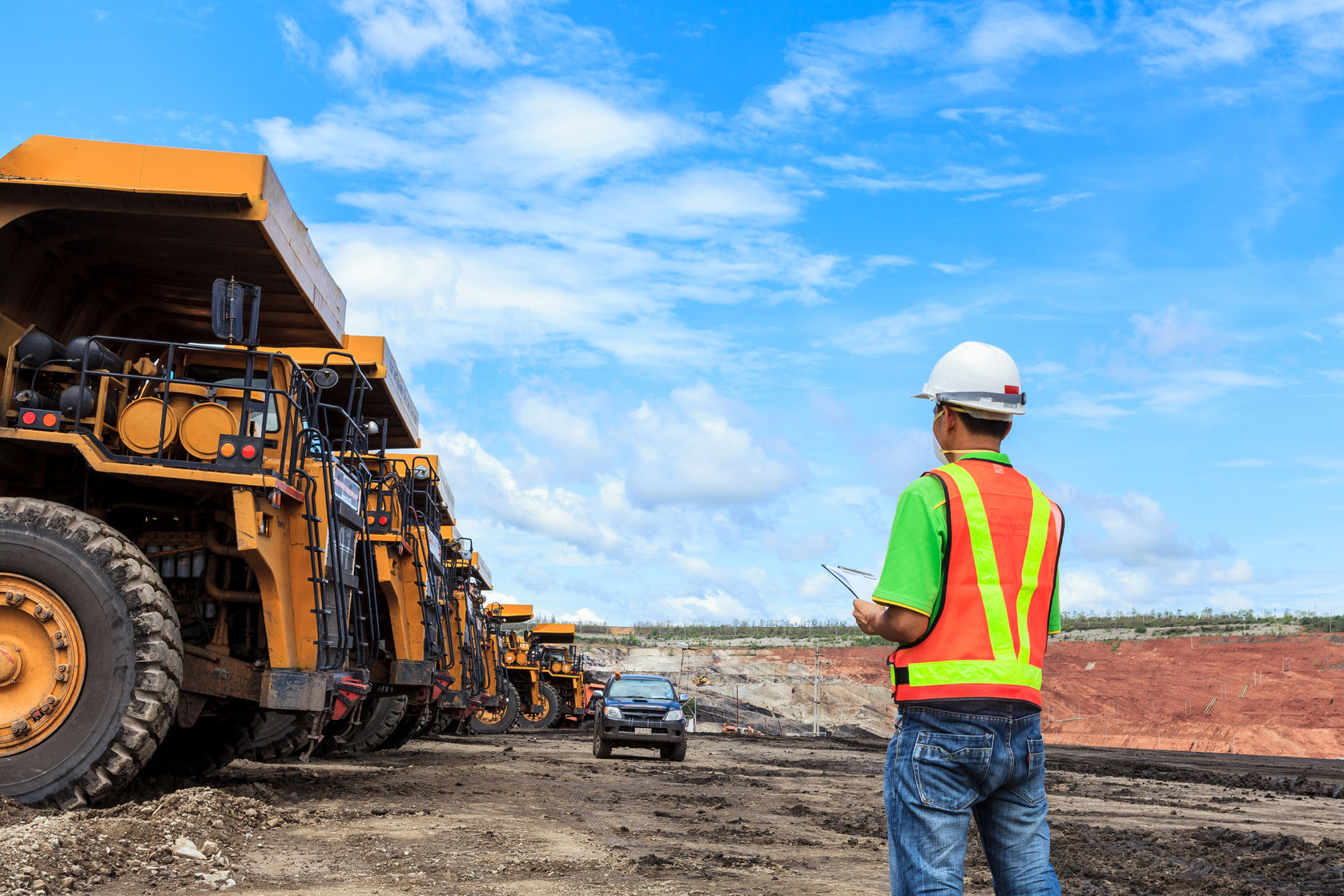
How To Better Manage Your Finances During COVID-19
August 18, 2020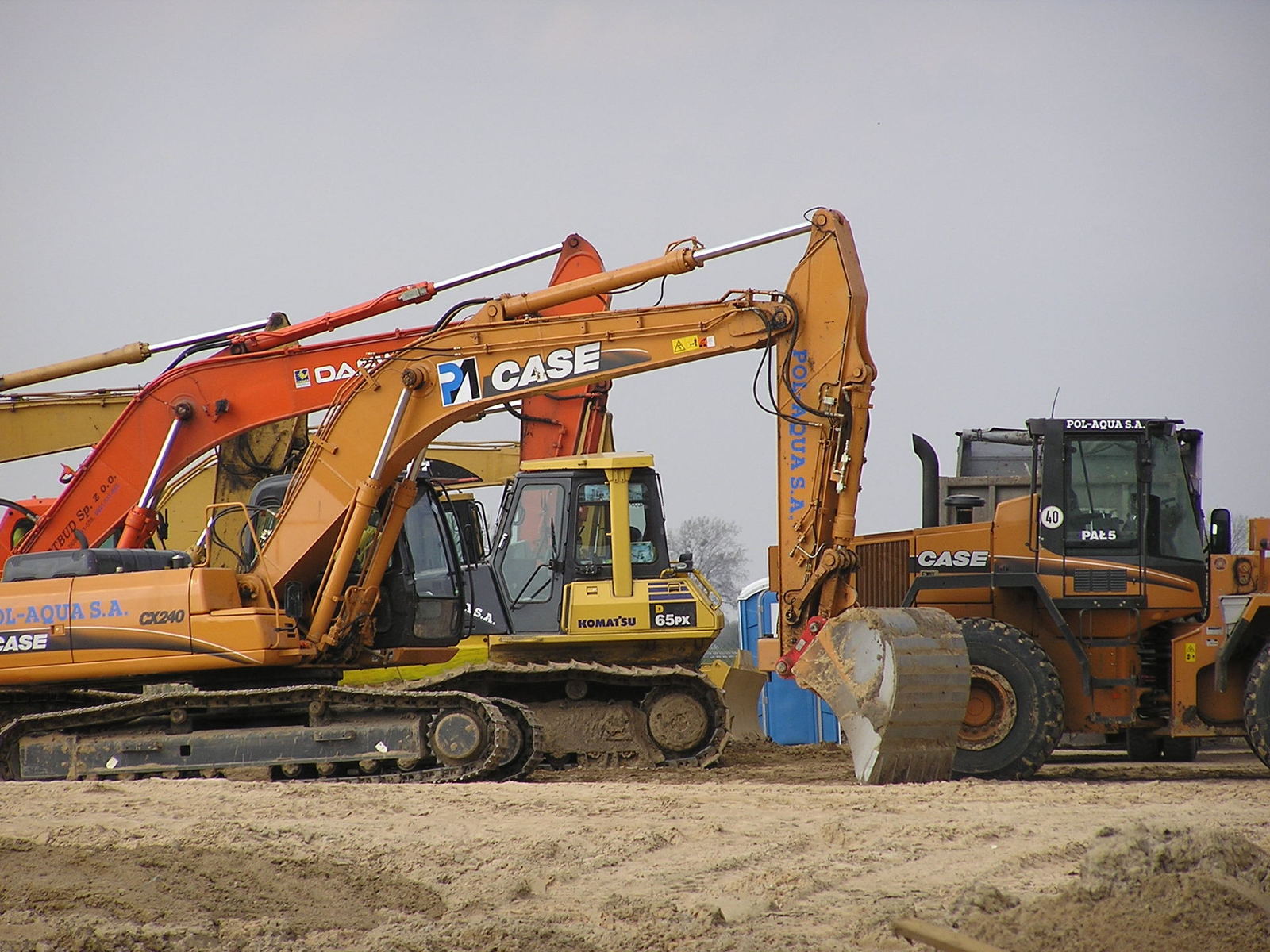
6 Tips for Smart Construction Equipment Leasing
October 14, 2020The right kind of equipment can boost efficiency, productivity, and even influence your bottom line. However there’s a trick to getting those kinds of results, and you’ll need to consider many factors.
What sort of budget are you working with? What are your short-term and long-term needs?
There are other things to consider, but here are some tips to keep in mind when looking at all of your options.
Know why you’re in Business
Of course you’re in business to make money, but that is too general. It’s, “What is the best thing to do right now for my business?”
- Are you considering boosting productivity?
- Are you looking to be more competitive and have a larger market presence?
- Do you want to cut ahead of your competition?
- Do you need to upgrade your equipment?
When you know what you want, you can start to consider not only where equipment comes in but how you want your equipment to be. For example, some businesses might want to finance equipment over leasing equipment and vice versa.
Another reason to consider this is that it helps to avoid falling prey to aggressive sales tactics.
Consider other Points of View
Depending on what you are purchasing, you may want to consider hiring a consultant to help with the search. These individuals will ensure that your needs are met.
Some other perspectives to consider are through reports and doing some research. Things like cost-benefit analysis – or asset utilization ratio if you’re a manufacturer – can help you determine whether purchasing equipment now is smart financially.
Don’t discount Digital Technology
A 2017 survey of 960 Canadian manufacturers found out that those who embraced higher tech gained massive rewards. Those rewards included:
- Improved productivity
- Lower operating costs
- Better quality
Have a Technology Roadmap
While we have no clue where industries will go with technology, you can still have some kind of roadmap for your business. The idea with this map is determining what sort of equipment that you need to theoretically grow your business.
What this plan does is align business objectives and goals to technology used for the short and long term. It’s meant to give you an understanding of current systems, and provide a timeline for when to upgrade or to purchase.
So how do you build one?
First, assemble the activities or operations your business is doing and map out the process. The key here is to ask yourself what are the steps involved to get your product or service from your business to the customer and to get paid for it.
Second, look at each of the steps and analyze the process. Ask yourself if equipment is necessary to make this process smoother? See if there are any gaps in the process that technology or equipment can address.
When you have this roadmap you have an understanding of what you actually need. This is more important than buying something you think you need and realizing you don’t need it.
Be sure to look at several Suppliers
While businesses strive to provide good quality equipment for our customers, companies should do their research and look at a variety of suppliers. It’s not so much a question of what inventory they have, since any supplier can easily order equipment. It’s more of a matter of experience.
A good supplier not only gives you a reasonable price for equipment but is also flexible in terms of agreements, and works with you as an individual. There is so much to leasing equipment outside of the initial sale. Remember that when leasing, the company is going to be dealing with your business for the duration of that lease.
Even if you’re not going for a lease specifically, there are other factors at work. So make a point of subscribing to some newsletters, checking out competitor websites, and interviewing each to get a feel for them.
Factor Training
With every piece of equipment comes a learning curve. Even things as simple as photocopiers can take some getting used to. While you don’t need to train much in those situations, other equipment requires more time and effort.
Make sure ask your staff about whether new equipment will help them out. You can gauge how open people are to new technology by asking about these topics.
Think about Leasing or Financing/Buying
There is a huge difference between leasing and financing or buying equipment, from how things are recorded to ownership. Consider some of these qualities to help determine what’s right for your business.
With financing and buying:
- You own the equipment entirely after the transaction. You are able to write off the purchase and will also amortize it through the years.
- Ownership also means that you don’t have to worry about any monthly payments unless, you’ve financed the equipment.
- The downside? You’ll have to cover the initial purchase for the most part along with any other future costs like repairs and maintenance.
On leasing or renting:
- Costs are lower, though stretched for a long period of time in the form of monthly payments.
- Most equipment is good on the short term and help with specific projects.
- The downside? You don’t own the equipment and are at the mercy of the lease to return it. This creates issues if the equipment is older or stops functioning or it’s not needed any longer.
Remember Safety First
A healthy and safe work environment means individuals at your workplace can be more productive. This rule also applies to any technology or equipment you bring into your business.
While suppliers are meant to look after your equipment, it’s still worth looking at what’s available to you. Make sure what you are getting is safe and secure. Not only that, ensure that your employees using the equipment know how to use the equipment properly.
Make it Environmentally Friendly
There is growing concern about climate change, and companies have been making switches to new technology. When you’re looking to get equipment, make sure that it’s energy efficient.
Even if you are paying a higher price up front, you’ll save by using less power. You’ll also be contributing to a creating a healthy planet.

